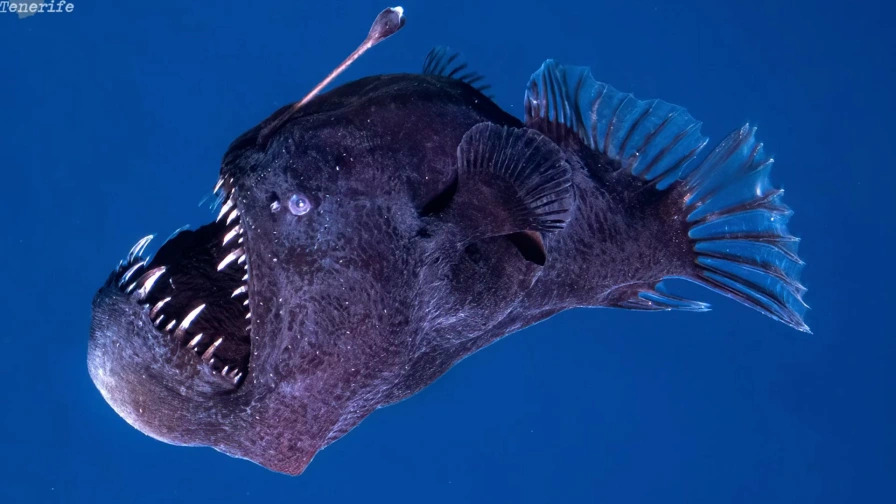Understanding the Deep Sea Anglerfish: Adaptations and Habitats

Introduction
The deep sea anglerfish, a fascinating inhabitant of the ocean’s abyss, has recently garnered attention due to its unique adaptations and bizarre appearance. With its bioluminescent lure and exceptional hunting techniques, the anglerfish exemplifies the extraordinary ways in which life evolves to survive in extreme environments. Understanding these creatures is crucial not only for marine biology but also for insight into deep-sea ecosystems and their health.
Featuring a Unique Adaptation
Deep sea anglerfish belong to the order Lophiiformes, which encompasses several families and species, most of which thrive at depths where sunlight fails to penetrate. The most notable characteristic of these fish is the bioluminescent lure that extends from their heads. This protruding appendage emits light, luring unsuspecting prey into the anglerfish’s wide, tooth-filled mouth. The bacteria responsible for the luminescence contribute to the fish’s hunting strategy, making it one of the most effective predators in the darkness of the ocean floor.
Recent Discoveries and Research
Recent studies have shown that there is more to anglerfish than just their hunting prowess. In the past few years, scientists have made exciting discoveries regarding their reproduction. Many anglerfish are sexually dimorphic, with the males being much smaller than females. Males often join females by attaching themselves to their bodies, eventually merging into a single organism, an unusual adaptation for ensuring reproductive success in the vast and sparsely populated deep-sea environment.
This remarkable reproductive strategy has been the subject of numerous research papers, shedding light on the evolution of these species in relation to their ecological niche. Scientists are also exploring the role of deep sea anglerfish in their ecosystem and what their population dynamics indicate about the health of deep-sea habitats.
The Importance of Conservation
As human activities increasingly impact marine environments through pollution, climate change, and overfishing, the deep-sea ecosystems, including habitats of the anglerfish, are under threat. Understanding and preserving these unique creatures and their habitats is essential for maintaining biodiversity and the health of ocean ecosystems. Further studies are needed to assess the impact of environmental changes on anglerfish populations and their role in the deep-sea food web.
Conclusion
In summary, deep sea anglerfish are not only peculiar and captivating creatures, but they also play a critical role in our understanding of deep-sea biology and ecology. As we continue to uncover the mysteries of the ocean depths, it is vital that we prioritize conservation efforts to protect these unique species and their habitats. The future of the deep sea anglerfish and its ecosystem may depend on the actions we take today.









